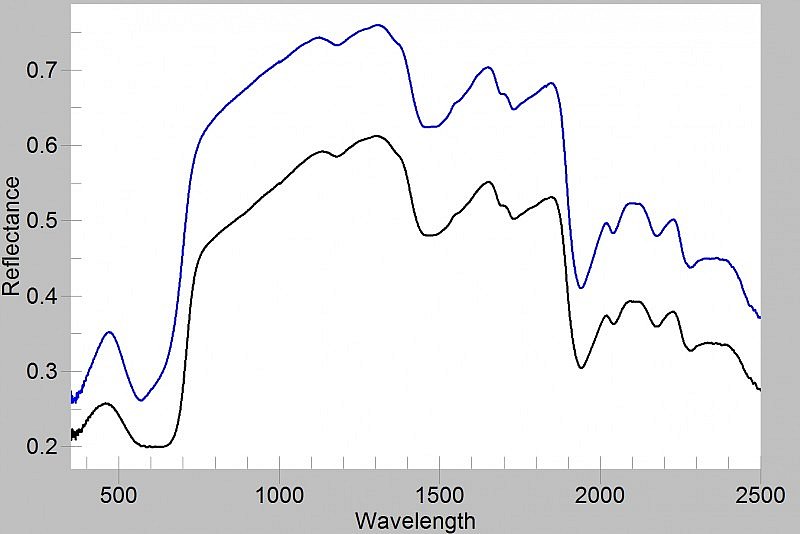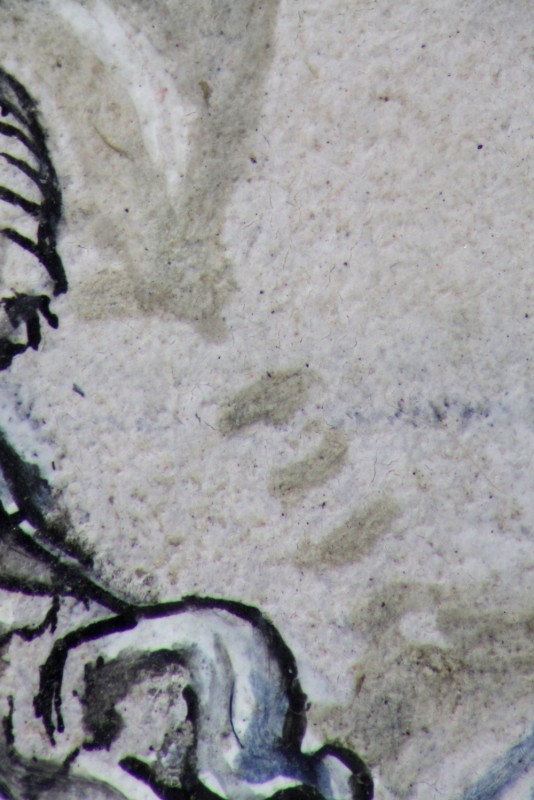Assistants
Artists
Assistants provided the two levels of ornamentation throughout the manuscript.
The first, basic level – completed as soon as the text was written – consisted of the one-line verse initials (versals) in alternating gold and blue with blue or red pen flourishing, and other pen-flourished ornament (fol. 95r, 178r). The versals were executed following the small guide letters penned by the scribe and still visible beneath the pen flourishing (fols. 1r, 82r, 95r).
The second, higher level of ornamentation consisted of the fully illuminated initials for Psalms, offices and prayers, and the line fillers. The latter completed the spaces left blank by shorter verses at the end of a line and resulted in a form of medieval ‘justification’ of the page. The distinctive palette and motifs of this second level of ornamentation suggest the involvement of at least four hands. Most of them worked quire by quire, revealing the distribution of labour across the volume. Hand 1 was responsible for quires 1-7, 10-11 and 21 (fols. 1r, 95r). In quires 8 and 22, Hand 1 collaborated with Hand 2 who also completed quires 15, 18-19 and 23-27 by himself (fols. 191v, 209r). Hand 3 completed quires 9, 13 and 20 (fols. 82r, 89v, 220r). Hand 4 completed quires 12, 14, 16 and 17 (fols. 125v, 178r, 189v).
The division of labour among Hands 1-4 does not correspond to variations in the first level of ornamentation. This suggests that the versals and pen flourishing were completed – by Hands 1-4 or, more likely, by a different group of assistants – before work on the fully painted initials and line fillers began. That the two levels of ornamentation were executed separately, at two subsequent stages, is revealed by the different materials and techniques used for the fully illuminated initials and line fillers, by the unfinished state in which some of them were left (fol. 95r), and by the fact that they often overlap the pen flourishing completed as part of the first level of ornamentation.




Deposition (Hours of the Virgin, Vespers)
The deep blue and dark purple draperies (hotspot 1), skilfully modelled so as to convey the three-dimensional human anatomy beneath, and the pink flesh tones of Christ’s body (hotspots 2 and 3) characterise the work of Hand D.